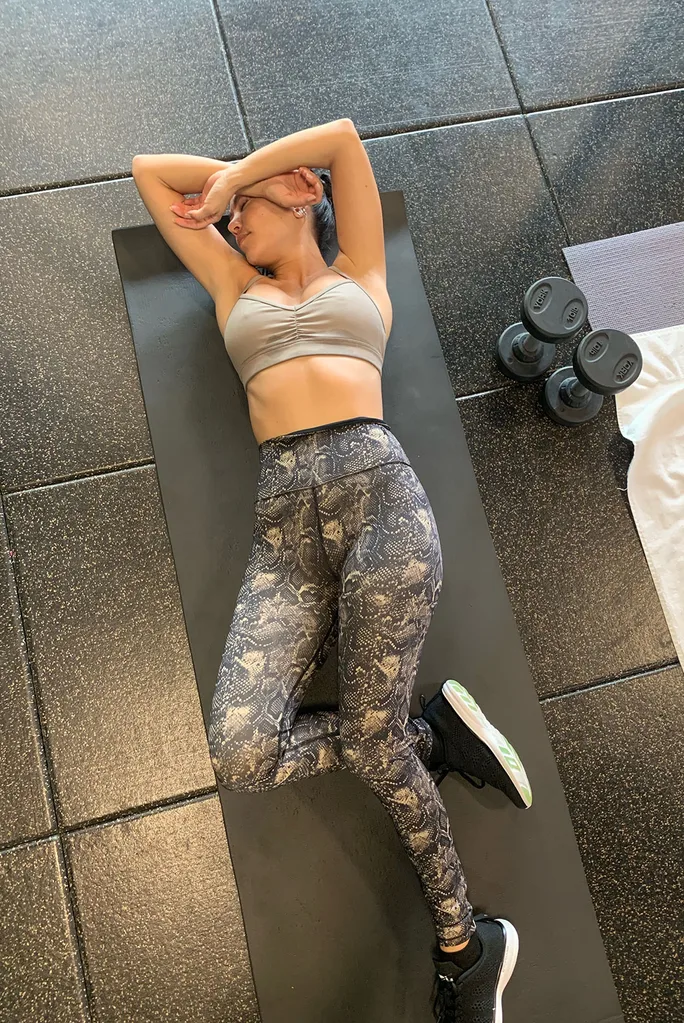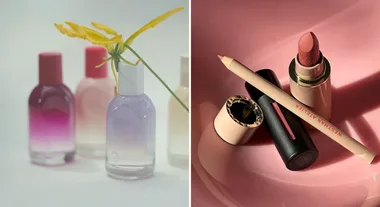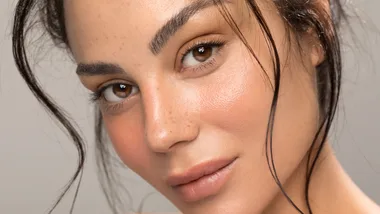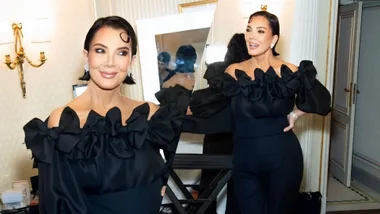You can’t put a price on your health and wellbeing.
It’s a mantra I love to recite every time I spend $9 on a cold-pressed juice, generally picked up on the way home from my $25 thrice-weekly F45 class while dressed in new season activewear and a very smart watch.
Watch Below: Drew Barrymore Shares Her Go-To Workout
Having been dealt the cancer card at the ripe old age of 30, I’m an advocate for prioritising one’s mental, physical and spiritual health. We’ve only got one body, one mind, and – until science and religion prove otherwise – one life.
And I’m not alone.
From superfoods and nootropics to biohacking and gratitude journaling, we Millennials have become the self-care generation.
More and more of us are ditching the handbag splurges in favour of infrared saunas and cold chamber sessions, but is swapping retail therapy for cryotherapy really a better trade-off in the long run? In our collective quest for perfect health, are we setting ourselves up for a lifetime of financial ills?

As a nation, we’re getting more and more health conscious. A 2019 survey commissioned by St George Bank found that on average we spent $250 per month on things like gym memberships, activewear and vitamins.
We’re pretty flippant about it too, with less than half of us actually budgeting for our wellness needs and about 30 per cent admitting to making impulse buys after seeing a product spruiked by our favourite well-fluencers.
But much like our diets and lifestyles, managing our bank accounts and health splurges is all about balance, according to finance expert Canna Campbell.
Considering the future financial implications of not looking after our health – from medical bills and lost wages – self-care is an investment and something we should practice regularly, the Mindful Money author says.
But that doesn’t mean maxing out the credit card to pay for a week at Elysia Wellness Retreat or sacrificing superannuation contributions in favour of designer yoga wear.
“Financial stress can take away any benefit we might get from, say, taking a relaxing holiday if we’re coming home to crippling debt,” she says.
“There can be really unhealthy feelings associated with purchases that we can’t even remember making, like shame and guilt, neither of which is going to make you feel healthy and strong.”
“The key is balance; and having your finances in check isn’t about being a multi-millionaire – it’s about having financial harmony in our lives.”
Ms Campbell says one of the best ways to ensure we can keep investing in our wellbeing was through – wait for it – actual investing.
“I think if you haven’t before, start learning about investing and passive income,” she says. If you’ve got a couple of investment properties which are giving you extra income each month, that’s extra money you could use towards your health.”
So next time you find yourself stocking up in the Sephora wellness aisle; perhaps consider swapping out that deluxe jade gua sha heart for a money management course.
You can’t put a price on your health and wellbeing.
It’s a mantra I love to recite every time I spend $9 on a cold-pressed juice, generally picked up on the way home from my $25 thrice-weekly F45 class while dressed in new season activewear and a very smart watch.
Watch Below: Drew Barrymore Shares Her Go-To Workout
You can’t put a price on your health and wellbeing.
It’s a mantra I love to recite every time I spend $9 on a cold-pressed juice, generally picked up on the way home from my $25 thrice-weekly F45 class while dressed in new season activewear and a very smart watch.
Watch Below: Drew Barrymore Shares Her Go-To Workout










